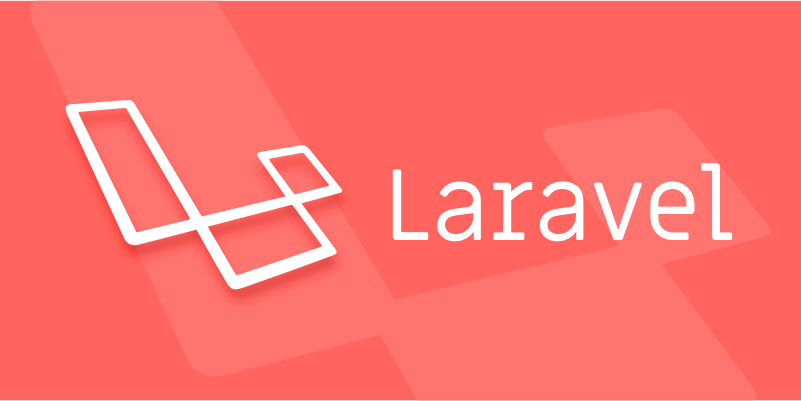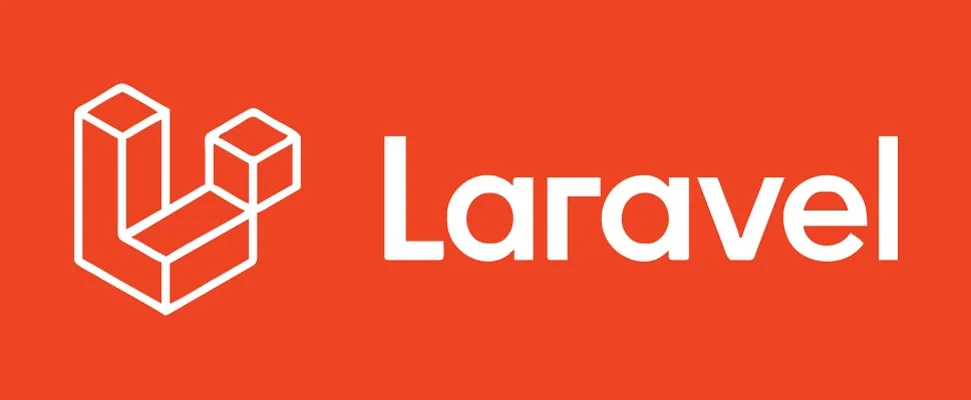Writing Custom Validation Rules in Laravel.
Jul 15, 2025 am 01:17 AMIn Laravel, custom validation rules can be implemented in three ways. 1. Use Rule::make to create closure verification rules, suitable for simple logic, such as checking whether the mailbox has been registered; 2. Create reusable rule classes, generate and implement the validate method through the Artisan command, suitable for large projects or multiple reused logic; 3. Centrally manage verification rules and prompt information in form requests to improve structural clarity and maintenance. In addition, error prompts can be customized by using the $fail() or overridden messages() method. These methods effectively enhance the readability and maintainability of verification logic.

In Laravel, custom validation rules are a very practical feature, especially when dealing with complex business logic. Laravel provides flexible mechanisms to extend the default verification system, allowing you to add your own rules as needed.

1. Create custom rules using Rule::make
The easiest way is to create a closure using Rule::make method to execute the verification logic. For example:
use Illuminate\Validation\Rule;
$rules = [
'email' => [
'required',
'email',
Rule::make(function ($attribute, $value, $fail) {
if (User::where('email', $value)->exists()) {
$fail('This email address has been registered');
}
}),
],
];This method is suitable for simple verification logic and can be embedded directly into the form request or the controller. But if you have many similar rules or want to reuse some verification logic, it is recommended to further encapsulate.

2. Create reusable rule classes (Custom Rule Objects)
Laravel supports the generation of custom rule classes through the Artisan command:
php artisan make:rule UniqueEmailForUsers
This command will generate a rule class file in the app/Rules directory. You can implement the __invoke method in it:

namespace App\Rules;
use Closure;
use Illuminate\Contracts\Validation\ValidationRule;
class UniqueEmailForUsers implements ValidationRule
{
public function validate(string $attribute, mixed $value, Closure $fail): void
{
if (User::where('email', $value)->exists()) {
$fail('This email address has been used');
}
}
}Then use it like this in your verification rules:
use App\Rules\UniqueEmailForUsers; 'email' => ['required', 'email', new UniqueEmailForUsers()]
This approach is more suitable for large projects or verification logic that requires multiple reuses.
3. Organize rules in form requests
If you often process a certain type of request (such as user registration and product listing), it is recommended to use Form Request to centrally manage verification logic.
Generate a form request:
php artisan make:request StoreUserRequest
Open the generated class and introduce the rule object you defined earlier in rules() method:
public function rules()
{
Return [
'email' => ['required', 'email', new UniqueEmailForUsers()],
'password' => 'required|min:8',
];
}This not only has a clear structure, but also facilitates post-maintenance and testing.
Tips: Prompt information can also be customized
No matter which way you define the rule, you can specify the error prompt by returning the string:
- Call
$fail('提示信息')inRule::make - Call
$fail->('提示信息') - Or override
messages()method in the form request to customize the field prompt
for example:
public function messages()
{
Return [
'email.required' => 'The email cannot be empty',
'password.min' => 'Password is at least 8 digits',
];
}Basically that's it. Using these methods reasonably can make your Laravel verification logic clearer and easier to maintain.
The above is the detailed content of Writing Custom Validation Rules in Laravel.. For more information, please follow other related articles on the PHP Chinese website!

Hot AI Tools

Undress AI Tool
Undress images for free

Undresser.AI Undress
AI-powered app for creating realistic nude photos

AI Clothes Remover
Online AI tool for removing clothes from photos.

Clothoff.io
AI clothes remover

Video Face Swap
Swap faces in any video effortlessly with our completely free AI face swap tool!

Hot Article

Hot Tools

Notepad++7.3.1
Easy-to-use and free code editor

SublimeText3 Chinese version
Chinese version, very easy to use

Zend Studio 13.0.1
Powerful PHP integrated development environment

Dreamweaver CS6
Visual web development tools

SublimeText3 Mac version
God-level code editing software (SublimeText3)

Hot Topics
 How to create Laravel package (Package) development?
May 29, 2025 pm 09:12 PM
How to create Laravel package (Package) development?
May 29, 2025 pm 09:12 PM
The steps to create a package in Laravel include: 1) Understanding the advantages of packages, such as modularity and reuse; 2) following Laravel naming and structural specifications; 3) creating a service provider using artisan command; 4) publishing configuration files correctly; 5) managing version control and publishing to Packagist; 6) performing rigorous testing; 7) writing detailed documentation; 8) ensuring compatibility with different Laravel versions.
 What is Middleware in Laravel? How to use it?
May 29, 2025 pm 09:27 PM
What is Middleware in Laravel? How to use it?
May 29, 2025 pm 09:27 PM
Middleware is a filtering mechanism in Laravel that is used to intercept and process HTTP requests. Use steps: 1. Create middleware: Use the command "phpartisanmake:middlewareCheckRole". 2. Define processing logic: Write specific logic in the generated file. 3. Register middleware: Add middleware in Kernel.php. 4. Use middleware: Apply middleware in routing definition.
 Laravel Page Cache Policy
May 29, 2025 pm 09:15 PM
Laravel Page Cache Policy
May 29, 2025 pm 09:15 PM
Laravel's page caching strategy can significantly improve website performance. 1) Use cache helper functions to implement page caching, such as the Cache::remember method. 2) Select the appropriate cache backend, such as Redis. 3) Pay attention to data consistency issues, and you can use fine-grained caches or event listeners to clear the cache. 4) Further optimization is combined with routing cache, view cache and cache tags. By rationally applying these strategies, website performance can be effectively improved.
 Laravel MVC Architecture: what can go wrong?
Jun 05, 2025 am 12:05 AM
Laravel MVC Architecture: what can go wrong?
Jun 05, 2025 am 12:05 AM
Laravel'sMVCarchitecturecanfaceseveralissues:1)Fatcontrollerscanbeavoidedbydelegatinglogictoservices.2)Overloadedmodelsshouldfocusondataaccess.3)Viewsshouldremainsimple,avoidingPHPlogic.4)PerformanceissueslikeN 1queriescanbemitigatedwitheagerloading.
 How to populate test data using Seeder in Laravel?
May 29, 2025 pm 09:21 PM
How to populate test data using Seeder in Laravel?
May 29, 2025 pm 09:21 PM
Using Seeder to fill test data in Laravel is a very practical trick in the development process. Below I will explain in detail how to achieve this, and share some problems and solutions I encountered in actual projects. In Laravel, Seeder is a tool used to populate databases. It can help us quickly generate test data, which facilitates development and testing. Using Seeder not only saves time, but also ensures data consistency, which is especially important for team collaboration and automated testing. I remember that in a project, we needed to generate a large amount of product and user data for an e-commerce platform, and Seeder came in handy at that time. Let's see how to use it. First, make sure your Lara is
 What is Laravel Migrations? How to use it?
May 29, 2025 pm 09:24 PM
What is Laravel Migrations? How to use it?
May 29, 2025 pm 09:24 PM
Laravel's migration is a database version control tool that allows developers to programmatically define and manage database structure changes. 1. Create a migration file using the Artisan command. 2. The migration file contains up and down methods, which defines the creation/modification and rollback of database tables respectively. 3. Use the phpartisanmigrate command to execute the migration, and use phpartisanmigrate:rollback to rollback.
 Laravel: Simple MVC project for beginners
Jun 08, 2025 am 12:07 AM
Laravel: Simple MVC project for beginners
Jun 08, 2025 am 12:07 AM
Laravel is suitable for beginners to create MVC projects. 1) Install Laravel: Use composercreate-project--prefer-distlaravel/laravelyour-project-name command. 2) Create models, controllers and views: Define Post models, write PostController processing logic, create index and create views to display and add posts. 3) Set up routing: Configure/posts-related routes in routes/web.php. With these steps, you can build a simple blog application and master the basics of Laravel and MVC.
 What are policies in Laravel, and how are they used?
Jun 21, 2025 am 12:21 AM
What are policies in Laravel, and how are they used?
Jun 21, 2025 am 12:21 AM
InLaravel,policiesorganizeauthorizationlogicformodelactions.1.Policiesareclasseswithmethodslikeview,create,update,anddeletethatreturntrueorfalsebasedonuserpermissions.2.Toregisterapolicy,mapthemodeltoitspolicyinthe$policiesarrayofAuthServiceProvider.






